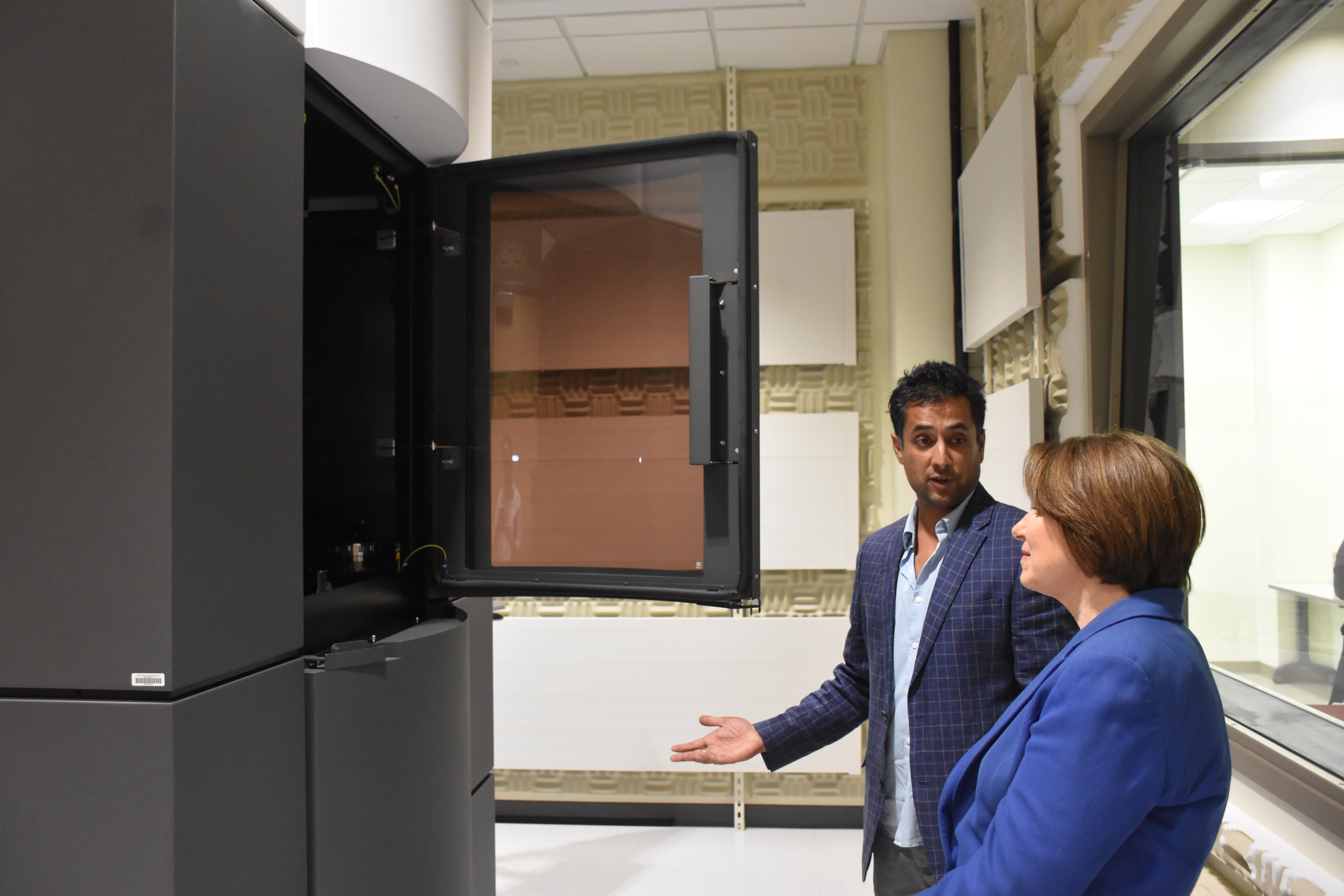Austin helps Sandy victims
Published 7:06 pm Friday, November 16, 2012
[imagebrowser id=4274]
Austin Utilities workers help return power to Long Island
It was no typical roadtrip. When three Austin Utilities linemen hopped in a van and bucket truck and hit the highway Nov. 2, it was to help clean up after disaster struck.
The linemen returned to Austin around 1:45 p.m. Friday, marking the end of a roughly 2,500-mile road trip to help restore power to people on the East Coast suffering from the damage wreaked by Hurricane Sandy.
“We’ve never done this before, gone this far with our crews,” said Mark Nibaur, Austin Utilities general manager.
The Minnesota Municipal Utility Association coordinated the trip, calling on municipal utilities companies from around the state, including Brainerd, St. Peter and Rochester. Within two days, the aid had been organized, and Austin Utilities linemen Russ Nelson, Patrick Donovan and Bill Bumgarner left two weeks ago to join the effort, driving 26 hours in a bucket truck and a van to get to Long Island, N.Y. There they met up with linemen from all over the country to help the Long Island Power Authority get its customers back online.
About 1 million of the company’s 1.1 million customers had lost power following the storm. When they arrived, Utilities workers found people’s soaked, ruined possessions discarded all over and water up to the countertops in homes. Flood walls had been destroyed and sand piled up in the streets.
“It was pretty devastating,” Donovan said.
One of the most difficult aspects of the job was workers could not fix the electricity in people’s flooded homes until they had first been inspected, Bumgarner said.
The first area they helped out in was called Valley Stream. After helping to return most of the power, the crew got an unpleasant surprise.
“The Nord’easter came through and knocked the power back out again,” Donovan said.
The work wasn’t easy, the linemen said. Leading a line of utility trucks that could drive no faster than 60 mph made the long highway trip difficult, especially when they got closer to urban environments. On city roads, traffic was congested from dysfunctional traffic signals and closed lanes.
They set to work repairing poles, transformers and wires. It was work they already knew how to do, though they said the system in Long Island is about 20 years behind the system in Austin, and it was a new place with new coworkers.
When the day’s work ended, the hotels were all full from New Yorkers taking refuge, so the linemen found more modest lodgings. At one point, they were sleeping in an armory that had no power, heat or showers, Bumgarner said.
Still, it was a positive experience for the linemen, who got to know each other well while staying in their close-quarters living conditions. Those lodgings may have even helped the workers from different states get to know one another better, which later helped them communicate in the field. Some decided to stay connected going forward.
“For our souvenir, they sent us home with our sleeping bags, our cots and our pillows,” Nelson said.
Despite their trials, the New Yorkers always were very kind to the Austin Utilities crew, Nelson said. Some of them went 14 days without electricity, but all realized the crews were there to help and were welcomed.
While crews from Austin Utilities have helped out around Minnesota following mutual aid agreements, they had never done anything on the scope of this.
“It kind of puts things in perspective,” Bumgarner said.


